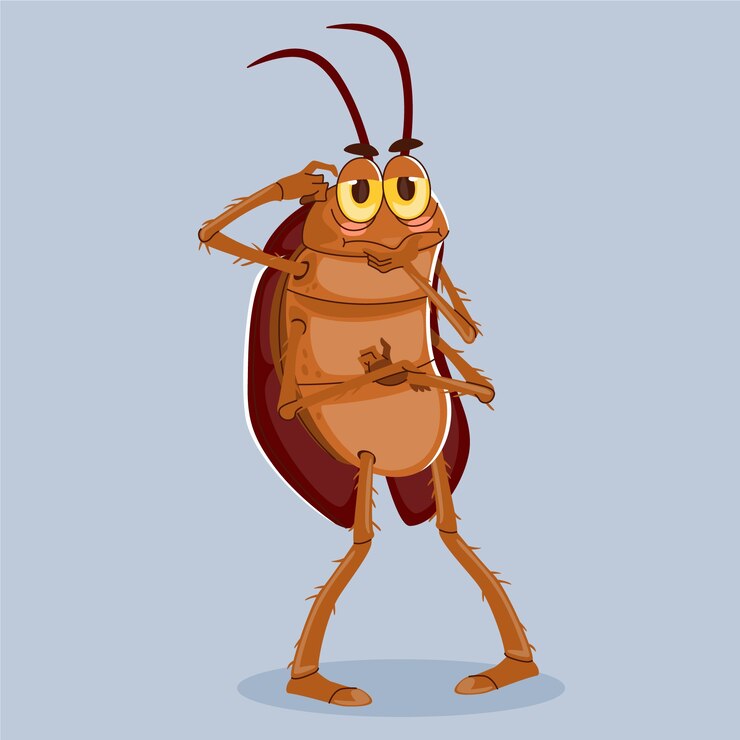Exploring the Wild World of Bears: A Fun and Informative Bears Blog

Bears are one of the most fascinating animals on Earth, and in this bears blog, we’ll dive deep into their world. From the biggest grizzly bear to the small but mighty panda, bears come in many shapes and sizes. If you love animals and want to know more about these incredible creatures, this blog is for you. In each post, we explore interesting facts about bears, their behavior, and how they live in the wild.
A bears blog is not only a place to learn about these majestic animals but also a space to discover how we can protect them. Bears play an important role in the environment, and understanding them helps us keep their habitats safe. Whether you’re curious about bear facts, conservation efforts, or their role in ecosystems, you’ll find all this and more right here.
Why Bears Are Essential to Our Ecosystems
Bears are more than just big, cuddly animals we see in the forest or on TV. We will analyze the critical commitments bears make to our biological systems in this blog. As top hunters, bears add to keeping up with the regular balance. For example, they control populations of smaller animals like deer and rodents, preventing them from overgrazing plants and trees.
Bears also help spread seeds by eating fruits and berries. When they move around, they drop these seeds in different areas, which helps new plants grow. This is a natural process called “seed dispersal,” which is vital for plant health and the survival of many species. Without bears, some of these plants could struggle to grow.
Bears also affect other wildlife. Their presence in a habitat can influence the behavior of other animals, such as keeping smaller carnivores away from certain areas. This makes them a keystone species, which means their role in the ecosystem is extremely important for keeping the environment healthy.

Different Types of Bears and Where They Live
In this bears blog, we will introduce you to different types of bears found across the world. There are eight bear species, and each one lives in unique environments. Allow us to inspect the most common ones:North American wild bears: Mountain bears are among the most notable creatures. They live in forests, mountains, and grasslands in North America. Known for their strength and size, grizzlies are a symbol of the wilderness.
- Polar Bear (Arctic): Polar bears live in the cold, snowy Arctic regions. They have thick fur and a layer of fat to keep them warm in freezing temperatures. These bears are excellent swimmers and mostly hunt for seals.
- Black Bear (North America): Black bears are smaller than grizzlies and can be found in forests and swamps in North America. They are excellent climbers and are known for their curious and playful nature.
- Panda Bear (China): Pandas are known for their black and white fur and live in the mountain forests of China. They mostly eat bamboo and are famous for their gentle nature.
- Sloth Bear (India): Found in India and Sri Lanka, sloth bears have long, shaggy fur and are mostly insect eaters. They are known for their strange way of moving, which resembles a sloth.
These are just a few of the different types of bears you can find around the world. Each bear species has adapted to its specific environment, making them truly unique.
Fun and Surprising Facts About Bears
Bears are fascinating animals, and in this bears blog, we will share some fun facts that you might not know! For example, did you know that a bear’s sense of smell is around 7 times stronger than a bloodhound’s? This helps them track down food, like honey or fish, from miles away.
Bears are also great swimmers. Polar bears, in particular, can swim for miles in freezing waters to hunt for seals or find new areas to live. They have special adaptations in their paws and fur to help them stay warm in cold water.
Some bears can run very fast. While they may look slow, a grizzly bear can run up to 35 miles per hour! That’s faster than the fastest human runners.
Another fun fact is that baby bears, or cubs, are born blind, helpless, and tiny. They stay with their mothers for a long time, learning how to hunt and survive in the wild.

How Bears Prepare for Winter: The Magic of Hibernation
As winter approaches, bears begin preparing for a long, deep sleep known as hibernation. In this bears blog, we will take a closer look at how bears prepare for hibernation. Before the cold months arrive, bears eat a lot to build up fat reserves. This helps them survive during the months when food is scarce.
Bears hibernate in dens, often found in caves, hollow trees, or even underground burrows. To save energy, their internal heat level reductions and their pulse diminishes. They don’t eat or drink during this time and can stay in hibernation for months.
While hibernating, bears can wake up briefly during warmer days, but they will usually return to their dens. This hibernation process helps them stay safe and healthy when food is not available.
How Long Do Bears Hibernate?
- Black Bears: 3-5 months
- Grizzly Bears: 4-6 months
- Polar Bears: Only females hibernate, and it’s usually shorter than other species.
Understanding hibernation is key to knowing how bears survive winter. It’s a fascinating process that helps ensure their survival in harsh conditions.
Bears and Their Behavior: Understanding the Wild
Bears are amazing creatures, and their behavior can teach us a lot about life in the wild. In this bears blog, we explore how bears communicate and behave in their natural habitats. Bears don’t roar like lions, but they do have many ways of expressing themselves.
Bears communicate using their sense of smell, body language, and sounds. They leave scent markings to let other bears know they are nearby. They also use vocalizations like growls, grunts, and roars to communicate with each other. These sounds can be used to express warning, anger, or even affection.
In addition to vocal communication, bears use their actions to express themselves. For example, a bear that stands on its hind legs is likely trying to get a better view of its surroundings. Bears are also known for their playful behavior, especially younger bears. They love to climb trees, chase each other, and wrestle as a form of play.
Bears and Their Families
- Mother Bears and Cubs: Female bears are very protective of their cubs. They show kids endurance and hunting abilities.
- Social Behavior: Bears are mostly solitary, but they may come together during certain times, such as when there’s food available.
Conservation Efforts to Protect Bears: What You Can Do
Bears face many threats to their survival, such as habitat loss, poaching, and climate change. In this bears blog, we will talk about how we can help protect bears and ensure their future. Conservation programs around the world work to protect bear habitats and reduce human-wildlife conflict.
One way to protect bears is by supporting organizations that focus on wildlife conservation. These organizations work to create protected areas where bears can live safely without the threat of habitat destruction. They also educate the public about how to coexist with bears and reduce human impact on their natural habitats.
We can also help by being mindful of our environment. Avoiding littering, supporting sustainable practices, and spreading awareness about the importance of bears are small steps that can make a big difference.
Simple Ways to Help Protect Bears:
- Support wildlife conservation groups
- Educate others about bear protection
- Decrease your carbon impression to battle a dangerous atmospheric devation.
Together, we can make a positive impact on the future of bears.
Conclusion
Bears are not just fascinating creatures, but they are also essential to the health of our ecosystems. From their role in nature as top predators to their behaviors and conservation efforts, bears play a huge part in maintaining balance in the wild. As we continue to learn more about them through this bears blog, we can better understand how to protect these incredible animals for future generations.
If you love animals and want to make a difference, supporting bear conservation efforts is one way to help. By learning more about these animals and their importance, we can work together to keep them safe and healthy in their natural habitats. Whether it’s protecting their environment or supporting organizations, we all have a role to play.
FAQs:
Q: What is the role of bears in the ecosystem?
A: Bears are top predators, helping to control populations of smaller animals and spread seeds, which helps plant life grow.
Q: How many species of bears are there?
A: There are eight different species of bears, including grizzly bears, polar bears, black bears, and pandas.
Q: Do bears really hibernate?
A: Yes, bears hibernate in the winter to conserve energy when food is scarce. They sleep for months, depending on the species.
Q: How do bears communicate?
A: Bears communicate through body language, vocalizations like growls, and scent markings to let other bears know they are nearby.
Q: What can I do to help protect bears?
A: You can help by supporting wildlife conservation organizations, educating others about bears, and reducing your impact on the environment.
Q: Where do different types of bears live?
A: Different species of bears live in various habitats, from the Arctic for polar bears to forests and mountains for grizzly bears and black bears.




